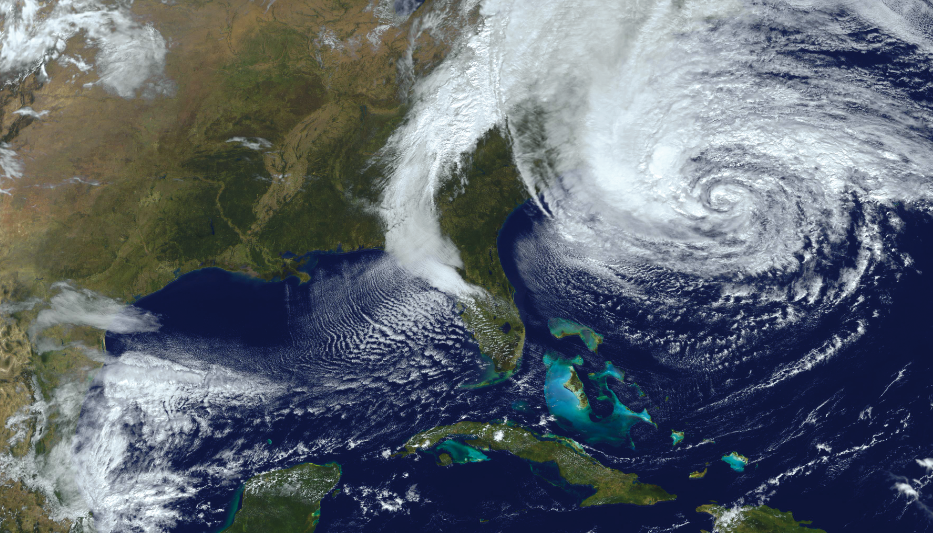All
Category 2 Hurricane Could Cripple Electrical Grid

At least one Northeast state would endure month-long power outages
After last winter’s polar vortex devastated the southern region of the U.S., there was a lot of talk about New England’s grid resiliency. The general consensus was that the Northeast states’ energy diversity and winter preparedness help insulate the region from the widespread power outages that other areas might experience during a deep freeze or severe blizzard.
But what about hurricanes?
Tropical Storm Isaias provides the freshest reminder of just how vulnerable the Northeast is to extreme weather. The storm took out the power for as many as 800,000 homes and businesses in Connecticut alone. It also knocked down approximately 1 percent of all trees in the state, according to one estimate. Even after a full week, tens of thousands of homes in Connecticut and New York remained in the dark.
Readers may also recall that Hurricane Sandy took out the power for as many as 1.3 million New England homes and businesses. It’s worth pointing out, however, that Sandy was no longer a hurricane when it struck the Northeast; it had been downgraded to a tropical storm.
If a tropical storm could do all that then imagine what would happen if a category 2 hurricane were to hit the Northeast. A report from the Connecticut Division of Emergency Management and Homeland Security suggests power outages would last for a full month. Ratchet the storm’s intensity up to category 3 and that month becomes months. Such a hurricane could topple about half the trees in the state.
Of course, if a category 2 or category 3 hurricane were to make landfall in New England or anywhere in the greater Northeast for that matter, it’s virtually impossible that the impact would be isolated to one state. As with Sandy, the independent system operators in New York and New England would both face incredible challenges. And because a category 2 hurricane packs a much more forceful punch than any tropical storm, power outages would undoubtedly be more widespread and longer in duration.
A 2016 report from the U.S. Department of Energy stated, “Climate change poses long-term challenges by changing the frequency, intensity, [and] duration of the weather events that represent the largest source of disruptions to the U.S. electricity grid.” Indeed, each year hurricanes seems to grow stronger and occur more often. As more and more customers lose power for longer periods of time, the vulnerability of the electrical grid becomes more apparent.
Last year, the U.S. Energy Information Administration confirmed that the average length of all power outages across the country was up significantly in 2017 and 2018, and that was even before data from Isaias was factored into the national numbers (see “Electricity Customers Experienced an Average of Nearly Six Hours of Power Interruptions in 2018” from the July 2020 issue, page 45).
With all this in mind, one might ask, how could it possibly be a good idea to stretch the power grid further by adding millions of electric heat pumps and vehicles? Likewise, why should businesses and customers become further dependent on a system that’s increasingly vulnerable to the effects of climate change?
Related Posts
 100 Years of Helping Fuel Retailers Deliver!
100 Years of Helping Fuel Retailers Deliver!
Posted on August 18, 2025
 U.S. Competing to Secure Critical Minerals
U.S. Competing to Secure Critical Minerals
Posted on June 16, 2025
 The Clean Air Act, the EPA, and State Regulations
The Clean Air Act, the EPA, and State Regulations
Posted on May 14, 2025
 Day Tanks Support Back-up Generators in Extreme Conditions
Day Tanks Support Back-up Generators in Extreme Conditions
Posted on March 10, 2025
Enter your email to receive important news and article updates.
